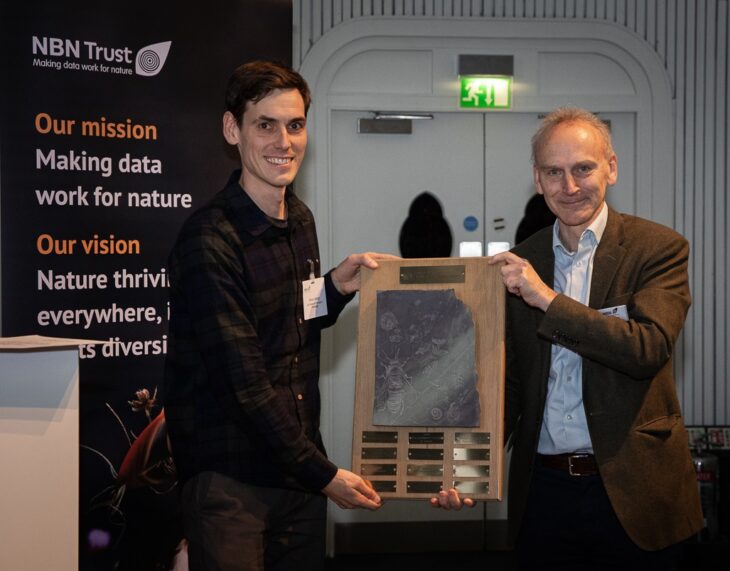This national recording scheme has over 41,000 verified records in two datasets on the NBN Atlas, contributing two-thirds of all the longhorn beetle records on the Atlas. The scheme covers about 60 species of mostly large, and all very charismatic, species. Many have larvae that develop in decaying wood and include some important indicators of ancient woodland.

The National Longhorn Beetle Recording Scheme was set up in partnership with the Biological Records Centre in 1982, and in 1999 a national atlas was published by the then scheme organiser Dr Peter Twinn. The scheme was subsequently led by Dr Martin Rejzek and Peter Hodge, and then in 2016 Wil Heeney and Katy Potts took the scheme on. Wil and Katy enthusiastically set about encouraging people to record these beetles, and have been very active on social media and through writing articles, running workshops and publishing an excellent identification guide via the popular Field Studies Council pull-out charts. This has made longhorn beetles accessible to many more people, this, in combination with the photogenic and distinctive appearance of many of the species, has led to a great increase in records in recent years.
Records are submitted to the scheme via iRecord or on spreadsheets, and from iRecord all verified records are shared with NBN Atlas, under an open licence, and are updated each month. Katy Potts stepped down from the scheme a few years ago due to other commitments, and Wil Heeney has been continuing the good work.
You can listen to audio from the presentation of the John Sawyer NBN Open Data Award 2023, on 23 November at the NBN Conference in Edinburgh. The presentation starts at 54:30 and ends at 58:25.
This is a well-deserved award for an active scheme covering a fascinating group of species. If you’ve not recorded a longhorn beetle yourself before, it’s never too late to start!
